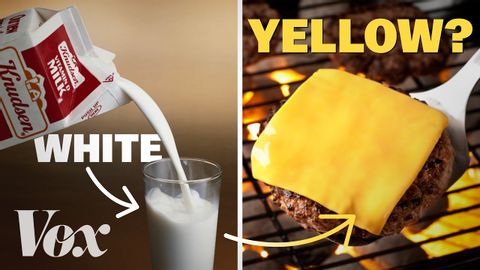チーズが黄色い本当の理由 (The real reason cheese is yellow)
VoiceTube が 2024 年 10 月 09 日 に投稿  この条件に一致する単語はありません
この条件に一致する単語はありませんUS /pɚˈsɛpʃən/
・
UK /pəˈsepʃn/
- n. (c./u.)知見 : 見識 : 感じ方 : ものの見方;知覚;見方;洞察力
US /ˈprɑsˌɛs, ˈproˌsɛs/
・
UK /prə'ses/
- v.t.(コンピュータの)データを処理する;処理する;処理する;一連の工程を経る;加工する : 加工処理する;理解する
- n. (c./u.)手続き;一連の行為;方法;訴訟手続き;プロセス (コンピューター)
US /ˈkɑnˌtɛnt/
・
UK /'kɒntent/
- adj.満足している;満足した
- n. (c./u.)内容;主題;コンテンツ;満足;コンテンツ;含有量
- v.t.満足させる
- v.i.同意する
エネルギーを使用
すべての単語を解除
発音・解説・フィルター機能を解除
